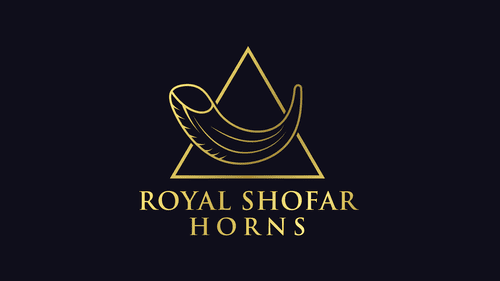מאמרים אודות שופרות
Shofar blowing on Shavuot: the sound of the Torah and the holiday of Matan Torah
The Connection Between the Shofar and Shavuot
Hearing the shofar on Shavuot might seem unexpected, as there appears to be no direct link between the instrument and the holiday that celebrates the giving of the Torah. However, a deeper look reveals significant connections and roles that the shofar plays during this festival.
Sources for the Custom of Blowing the Shofar:
The source for blowing the shofar on Shavuot is not explicitly mentioned in the Torah. However, hints can be found in the writings of the sages and various Midrashim.
- Mishnah: In Tractate Rosh Hashanah (Chapter 3, Mishnah 3), it states: “All blasts of the shofar are blessings except for the shofar blast of Yom Kippur and the eve of Rosh Hashanah.” This suggests that the shofar blast on Shavuot is associated with joy and blessings rather than mourning.
- Midrashim: Many Midrashim describe the giving of the Torah accompanied by the sounds of the shofar. For example, in the Midrash Tanchuma to Deuteronomy (16:15), it says: “When Moses ascended to heaven, God gave him two tablets of stone… and when Moses descended, the sound of the shofar was heard throughout the camp.”
Reasons for Blowing the Shofar:
Based on these sources and interpretations, several possible reasons for blowing the shofar on Shavuot can be identified:
- Proclaiming Divine Kingship: The loud and powerful sound of the shofar serves as a proclamation of God’s kingship and the giving of the Torah, symbolizing the covenant between God and the Jewish people.
- Awakening and Call to Repentance: The shofar blast is meant to awaken hearts and inspire people to repentance and acceptance of the Torah’s teachings.
- Imitating the Sound of the Mountain: Some believe that the purpose of the shofar is to mimic the sound of Mount Sinai that the Israelites heard during the giving of the Torah.
- Expression of Joy: The shofar can also express the great joy we feel upon receiving the Torah and the privilege of studying and observing it.
Customs Surrounding the Shofar:
The custom of blowing the shofar on Shavuot is not uniform across all Jewish communities. In some communities, it is customary to blow 100 shofar blasts, while in others, only 30 blasts are sounded. Additionally, there are differences in the style and sequence of the shofar blasts between various communities.
Conclusion:
Blowing the shofar on Shavuot is an ancient custom with deep meanings. The sound of the shofar serves as a proclamation of Divine kingship, a call to repentance, an imitation of the sound heard at Mount Sinai, and an expression of joy. This custom reminds us of the giving of the Torah and its immense value in our lives, encouraging us to study and uphold it.


 עברית
עברית

מגוון שופרות מהודרות לרכישה מהירה
Yemenite Kudu Shofar – Strictly Kosher, 60-70 cm
deer shofar – size 50-55 cm
deer shofar – size 35-40 cm
Yemenite Kudu Shofar – Strictly Kosher, 40-50 cm
deer shofar – size 40-45 cm
Yemenite Kudu Shofar – Strictly Kosher, 110-120 cm
Shofar Oreix (Shofar Ram)
Yemenite Kudu Shofar – Strictly Kosher, 90-100 cm
deer shofar – size 55-60 cm
Yemenite Kudu Shofar – Strictly Kosher, 70-80 cm
Yemenite Kudu Shofar – Strictly Kosher, 80-90 cm
Yemenite Kudu Shofar – Strictly Kosher, 50-60 cm
deer shofar – size 25-30 cm
Yemenite Kudu Shofar – Strictly Kosher, 120+ cm
Yemenite Kudu Shofar – Strictly Kosher, 100-110 cm
deer shofar – size 30-35 cm